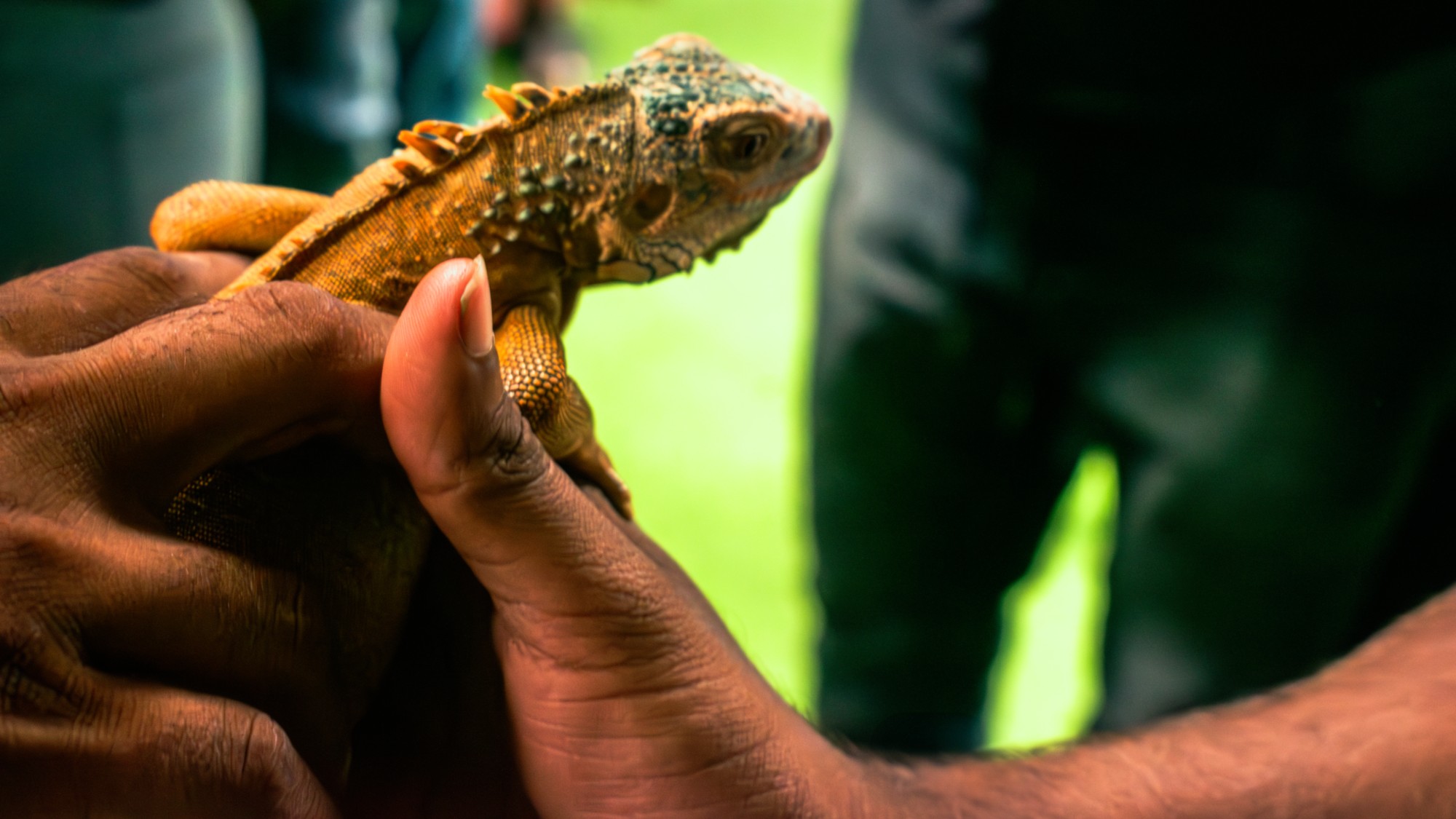Gold-throated hummingbird discovered in Peru

Scientists found a gold-throated hummingbird in the Cordillera Azul National Park in Peru that, according to John Bates, a curator of birds at the Field Museum in Chicago, didn't "look like anything else."
"My first thought was, it was a new species," he said.
But following a DNA analysis, scientists discovered that the bird was actually a hybrid of two other species of hummingbirds: the Heliodoxa gularis, and the Heliodoxa branickii, both of which have pink throats. "We thought it would be genetically distinct," commented Bates. "But it matched Heliodoxa branickii in some markers."
The Week
Escape your echo chamber. Get the facts behind the news, plus analysis from multiple perspectives.

Sign up for The Week's Free Newsletters
From our morning news briefing to a weekly Good News Newsletter, get the best of The Week delivered directly to your inbox.
From our morning news briefing to a weekly Good News Newsletter, get the best of The Week delivered directly to your inbox.

The discovery led scientists to question how a bird with a gold throat could come from two birds with pink throats. The answer has to do with the "complex ways in which iridescent feather colors are determined," according to a press release from the Field Museum.
"It's a little like cooking: if you mix salt and water, you kind of know what you're gonna get, but mixing two complex recipes together might give more unpredictable results," explained Chad Eliason, a senior research scientist at the Field Museum. "This hybrid is a mix of two complex recipes for a feather from its two parent species."
The color of the hummingbird's feathers is derived from both a base color, which is the actual pigment, and a structural color, which is how it looks once light reflects off of the feather, CNN reports. Since "the parent species each have their own way of making magenta," Eliason said, "you can have this ... surprising outcome when you mix together those two recipes for producing a feather color."
The findings were published in the journal Royal Society Open Science. "New tools like genetic data open up new understanding of how these events happen across geography and time," Bates said.
A free daily email with the biggest news stories of the day – and the best features from TheWeek.com
Devika Rao has worked as a staff writer at The Week since 2022, covering science, the environment, climate and business. She previously worked as a policy associate for a nonprofit organization advocating for environmental action from a business perspective.
-
 Wilde Cambridge: home-away-from-home in a prime city spot
Wilde Cambridge: home-away-from-home in a prime city spotThe Week Recommends This laid-back aparthotel is the perfect base for a weekend of exploring
-
 The best alcohol-free alternatives for Dry January
The best alcohol-free alternatives for Dry JanuaryThe Week Recommends Whether emerging from a boozy Christmas, or seeking a change in 2026, here are some of the best non-alcoholic beers, wines and spirits to enjoy
-
 A lemon-shaped exoplanet is squeezing what we know about planet formation
A lemon-shaped exoplanet is squeezing what we know about planet formationUnder the radar It may be made from a former star
-
 Blue Origin launches Mars probes in NASA debut
Blue Origin launches Mars probes in NASA debutSpeed Read The New Glenn rocket is carrying small twin spacecraft toward Mars as part of NASA’s Escapade mission
-
 Dinosaurs were thriving before asteroid, study finds
Dinosaurs were thriving before asteroid, study findsSpeed Read The dinosaurs would not have gone extinct if not for the asteroid
-
 Parthenogenesis: the miracle of 'virgin births' in the animal kingdom
Parthenogenesis: the miracle of 'virgin births' in the animal kingdomThe Explainer Asexual reproduction, in which females reproduce without males by cloning themselves, has been documented in multiple species
-
 Canyons under the Antarctic have deep impacts
Canyons under the Antarctic have deep impactsUnder the radar Submarine canyons could be affecting the climate more than previously thought
-
 SpaceX breaks Starship losing streak in 10th test
SpaceX breaks Starship losing streak in 10th testspeed read The Starship rocket's test flight was largely successful, deploying eight dummy satellites during its hour in space
-
 A rat infestation is spelling trouble for the almond industry
A rat infestation is spelling trouble for the almond industryThe Explainer The infestation has affected at least 100,000 acres in California
-
 Rabbits with 'horns' sighted across Colorado
Rabbits with 'horns' sighted across Coloradospeed read These creatures are infected with the 'mostly harmless' Shope papilloma virus
-
 Lithium shows promise in Alzheimer's study
Lithium shows promise in Alzheimer's studySpeed Read Potential new treatments could use small amounts of the common metal
